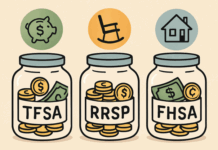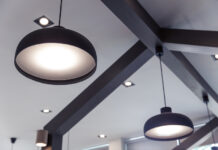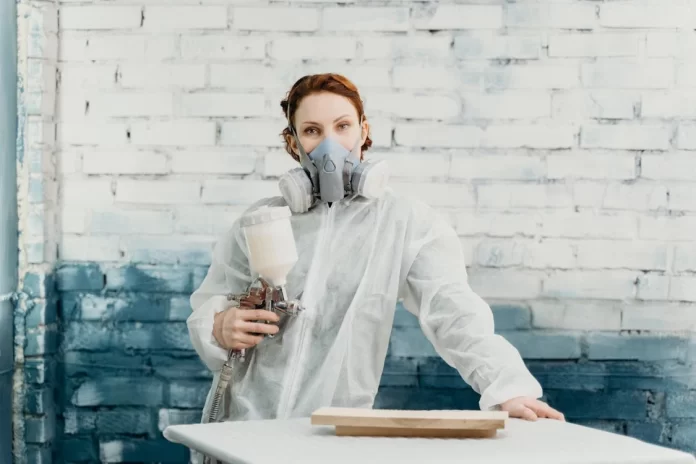Starting a furniture business feels exciting, but the details can get overwhelming quickly. One big challenge new owners face is getting the finishing process right from the start. Why do some pieces look polished while others fall short, even with the same materials?
Uneven coatings, poor curing, and inconsistent results can hold your early growth back. It’s not just about aesthetics; durability matters too when building customer trust. What role does your workspace play in achieving smoother results? Should you rethink your tools and systems?
This article will walk you through practical ways to improve your finishing process early on.
The Importance of a Specialized Finishing System
A clean and controlled space can change how your finishes perform. Many new businesses struggle with dust, fumes, and uneven results during the coating stages. These issues often come from open workspaces that lack proper containment and airflow.
Future Market Insights notes that paint booths with proper ventilation and filtration systems can effectively address these issues. These systems capture dust particles, preventing them from settling on wet finishes. As a result, the demand for paint booths with enhanced filtration is expected to grow.
According to PaintBooth.com, it provides consistent airflow, filtered air, and protection from unwanted particles. Paint booths also reduce overspray while improving worker safety and breathing conditions. Clear lighting inside makes it easier to inspect surfaces before pieces cure.
A paint booth can elevate results and build credibility for any new furniture business. Check out paintbooth.com for more information on how to integrate one into your workspace.
Perfecting Your Surface Preparation
Surface preparation is the foundation of a great furniture finish and shouldn’t be rushed. A poorly prepped surface can affect how stain or paint adheres and looks over time.
Before applying any finish, make sure to follow these essential steps:
- Clean all wood thoroughly to remove oils, dust, or leftover residue.
- Sand each piece carefully to achieve a smooth, even surface.
- Choose the right sandpaper grit based on the wood type and desired finish.
- Wipe down every surface after sanding to remove any remaining particles or debris.
Better Homes & Gardens states that sandpaper grit must not be confused with sandpaper grade. Sandpaper grit refers to the specific number assigned during production, like 80 or 220. Sandpaper grade describes the general coarseness level, such as coarse or very fine.
Consider using a primer or sealant to lock in surface quality. Your finish needs a dependable foundation to ensure long-lasting professional results. Every step in preparation impacts the product’s appearance and performance significantly.
Selecting the Right Finishing Materials
Choosing the right materials helps you deliver furniture finishes that customers love. Different finishes serve different functions depending on your project goals. Varnishes create a strong protective layer, while stains enhance wood grain.
NIH mentions that water-based stains are growing in popularity due to environmental concerns and lower VOC emissions. However, they can cause raised grain, which affects the final smoothness of wood surfaces.
Studies show that solvent-based stains offer better grain contrast than their water-based counterparts. Researchers continue exploring eco-friendly stains that enhance wood color without hiding its natural grain.
Furthermore, lacquers and polyurethanes offer varying levels of sheen and resistance. Evaluate how each product interacts with your chosen wood types. Test on sample pieces before committing to a full application.
Factor in drying time and ease of reapplication during production planning. Consider customer preferences regarding texture, color, and finish durability. A smart material choice helps your business establish a reputation for quality.
Streamlining the Application Process
A smooth application process helps reduce waste and improve output quality. Hand brushing takes longer and may leave marks if not done evenly. Sprayers offer consistent coverage and reduce time spent on large surfaces.
Technavio highlights that HVLP (high volume, low pressure) spray guns help reduce paint waste while lowering VOC emissions in industrial settings. These tools deliver high transfer efficiency, sending more paint to surfaces with minimal overspray.
Businesses benefit from smoother finishes and cost savings thanks to fine atomization technology. HVLP systems are now widely used in automotive, aerospace, and luxury furniture manufacturing.
Keep tools clean to prevent clogs or uneven spray patterns during use. Plan your workflow so that finishes are applied in logical stages. Use drying racks to protect freshly finished pieces from damage or smudges.
Stick to a schedule to prevent bottlenecks during production days. Training employees to follow standardized steps improves overall consistency. A steady process keeps your small business running efficiently from the start.
FAQs
How important is lighting in the finishing process?
Clear, consistent lighting is crucial for inspecting surfaces during the finishing process. It helps identify imperfections, uneven coverage, or areas needing touch-ups before curing. Adequate lighting ensures you can catch small defects that might otherwise be overlooked during the finishing stages.
Does the choice of primer affect finishing?
Primers help seal the wood surface, preventing stains and enhancing the finish’s durability. A primer also promotes better adhesion for the final finish, ensuring even coverage. Choosing the correct primer for the wood type ensures that the finish looks better and lasts longer.
How does the finish sheen impact furniture appeal?
The level of sheen affects the final look and feel of the furniture. Gloss finishes provide a shiny, modern appearance, while matte finishes give a more natural look. Customers often prefer different sheens based on their style preferences, so offering options can improve product appeal.
A thoughtful approach to furniture finishing can make all the difference for new businesses. Creating a controlled workspace helps eliminate dust, fumes, and uneven application problems from the start. Quality prep work and smart material choices improve durability and appearance with every project.
When clients see how much care you put into your finish, they will also be more trusting of you. These steps help your brand stand out in a market full of similar options. Prioritizing top-notch finishing leads to long-term success and steady business growth. It also gives your team confidence in the products you offer, which customers appreciate.
Find a Home-Based Business to Start-Up >>> Hundreds of Business Listings.















































